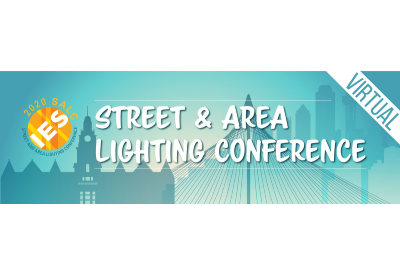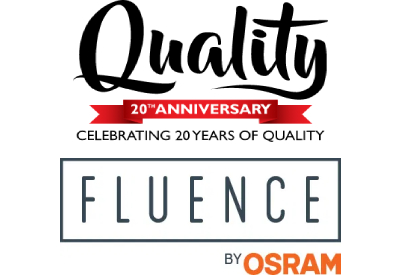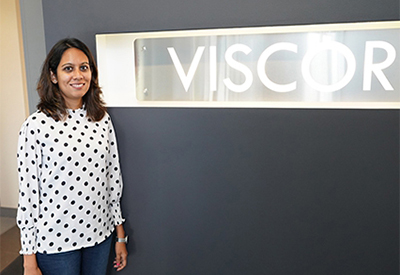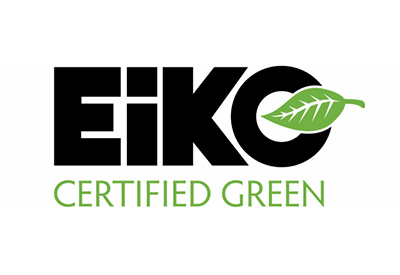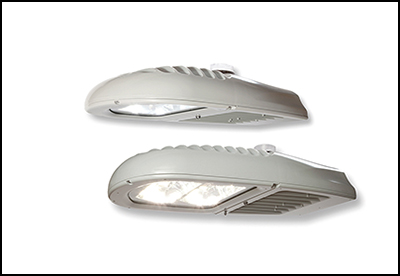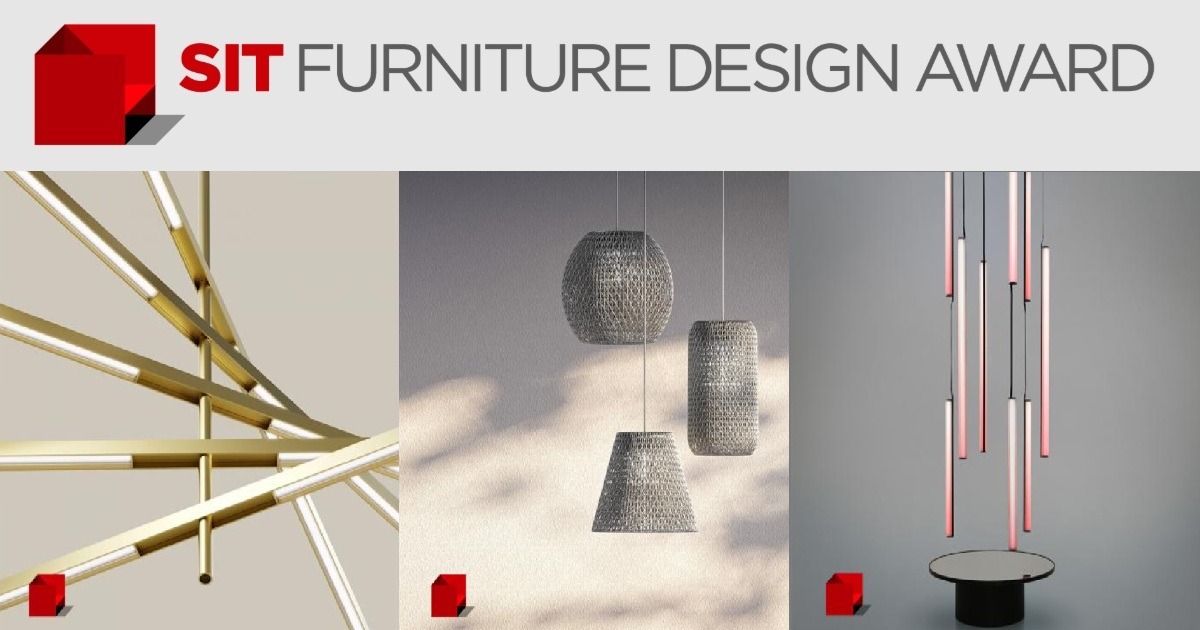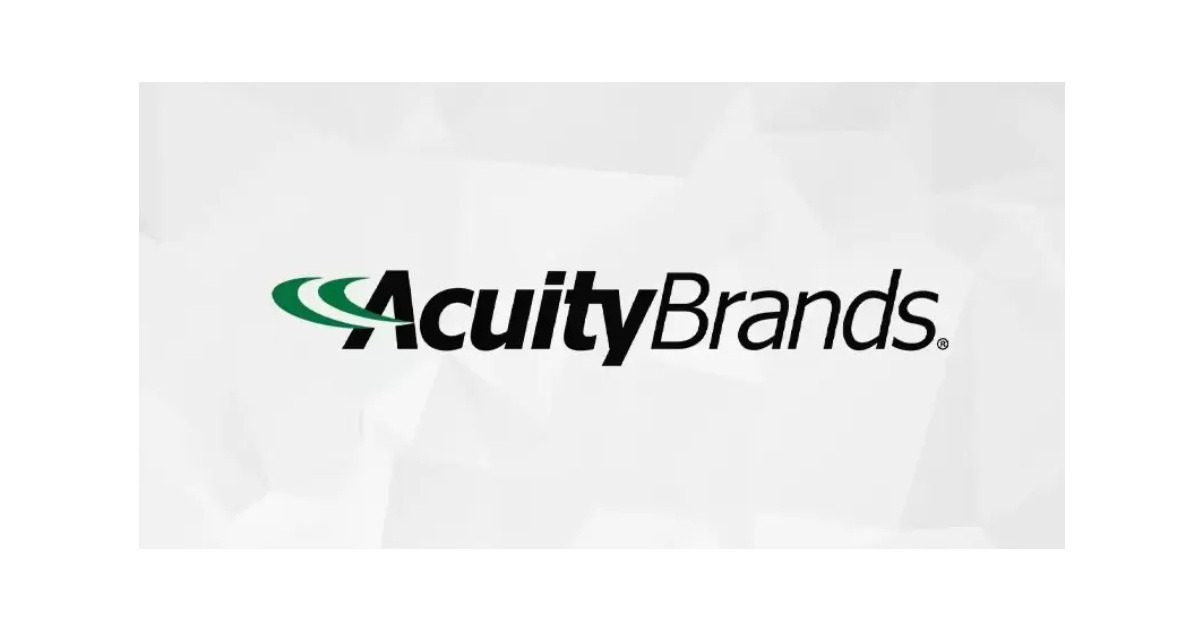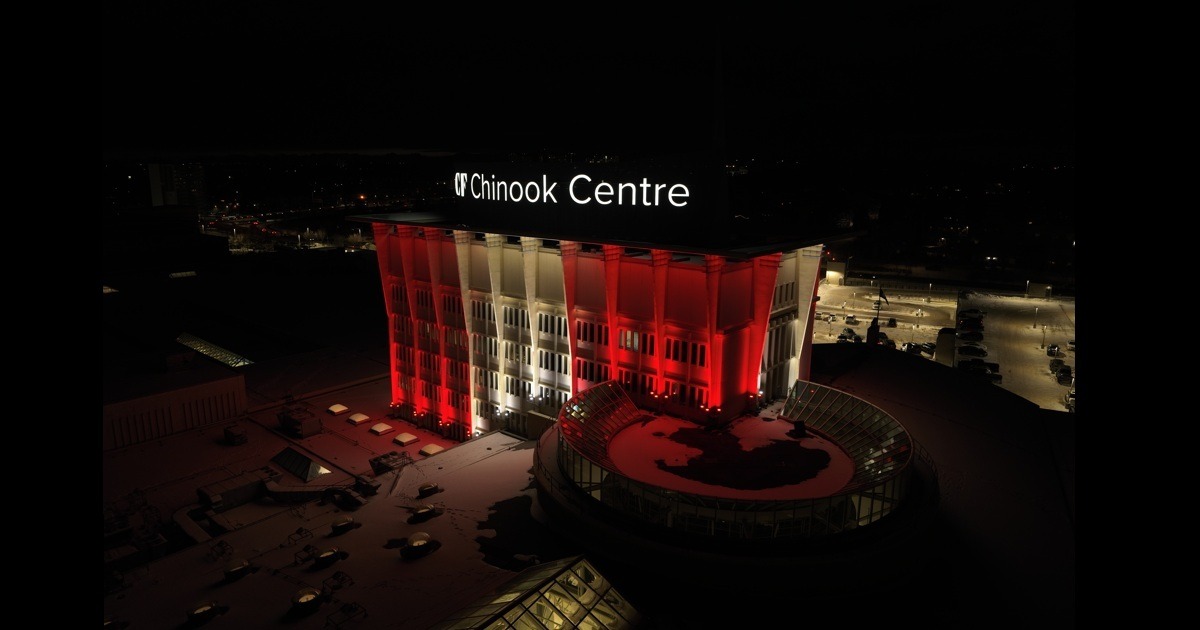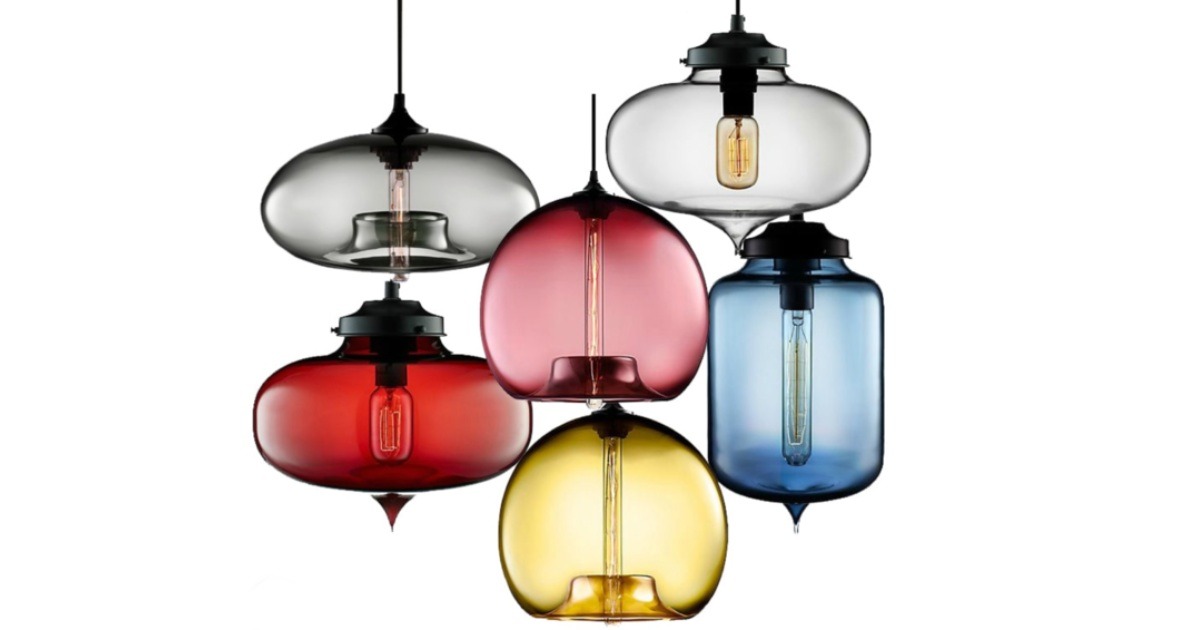Survey Shows Smart Lighting Technology Is On the Rise
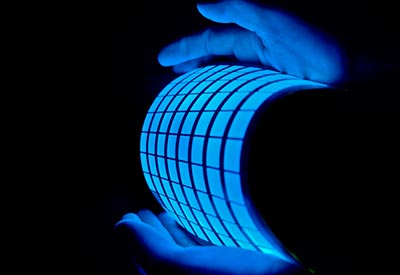
Osram Sylvania’s seventh annual Socket Surveyhas found that 83% of respondents believe smart lighting is a good introduction to home automation technologies; 72% felt smart lighting will eventually replace traditional light bulbs.While 62% of respondents indicated they were aware of smart lighting technology, only 10% have actually purchased smart bulbs for their homes.
The survey also found that 65% of Americans surveyed have purchased LEDs for use in their homes, and the majority (64%) purchased LED bulbs for use in sockets for general illumination. Among respondents identified as LED bulb users, the most valued benefits of making the switch were reduced energy consumption (96%), longer bulb lifespan (93%) and cost savings (93%).
This industry-benchmark survey, which is a measure of U.S. public attitudes about energy-efficient lighting and awareness of lighting trends, also showed 78% of Americans switched to a more energy-efficient lighting technology since the phase-out of incandescent light bulbs went into effect in January 2014, with 30% of respondents indicating they made the switch to LED bulbs. The two biggest drivers for LED light bulb purchases were the lifespan of the bulb and the amount of light produced, with 95% of respondents indicating these qualities had some influence on their decision.
“The increasingly rapid pace of innovation makes this an exciting time to be in the lighting industry,” saysJesMunk Hansen, CEO Osram Americas and CEO Osram Lamps. “As technology continues to advance, our objective has been to give consumers the highest-quality products to fit their needs in this new lighting landscape. We are committed to continuing that innovation and leading the industry in a time of transition from analog to digital, from mechanical to smart and connected.”
Additional findings of the 2015 Osram Sylvania Socket Survey include the following:
1. Consumer habits and trends
• The top sources of information on lighting for consumers are in-store displays and store employees (43%), product packaging (36%) and friends and family (30%).
• Consumers who already use LED bulbs in the home are more likely to purchase LED bulbs again (44%) as opposed to non-LED bulb users (18%).
• Millennials were more likely to switch to LED bulbs following the incandescent phase out (38%) as opposed to those over 55 (22%).
2. New technology awareness and adoption
• Most respondents (86%) believe at least one room in their home would benefit from smart lighting technology with living rooms (58%), kitchens (49%) and bedrooms (42%) topping the list. However, the next most common hotspots were not inside the home, but in outdoor applications (40%) and in the garage (36%).
• While price was not the top consideration for regular light bulb purchases, it was the top purchase influence for smart lighting products (90%), followed by bulb lifespan (87%) and the ability to turn the bulbs on and off remotely (74%).
• Though in the minority, current smart lighting owners are more likely to expand their “smart” homes with other technologies than non-users with such products as smart thermostats (84% vs. 58%), house alarms (80% vs. 51%) and door locks (80% vs. 45%).
For more information on the Socket Survey including detailed findings, visit www.osram-americas.com/socketsurvey.

